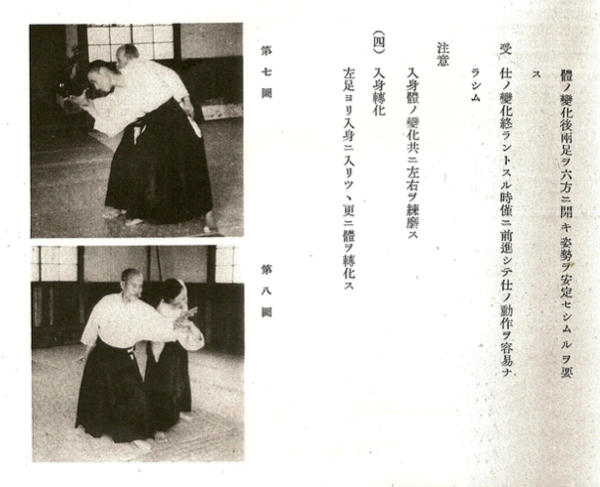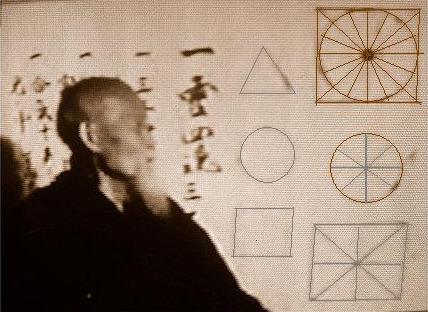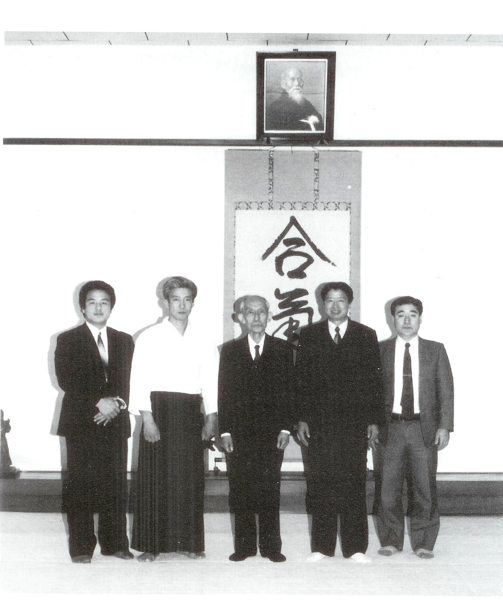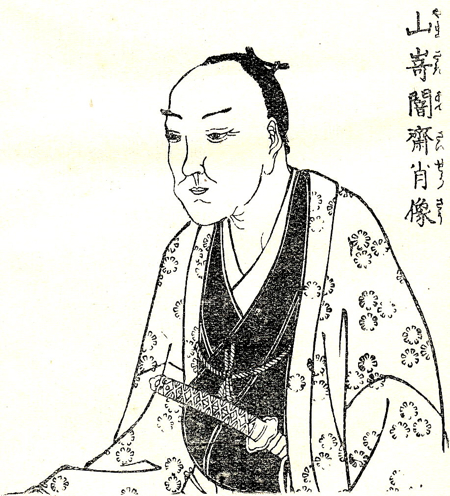From left to right: Lujian Xing, Moriteru Ueshiba, Kisshomaru Ueshiba,
Yucai Qiu (All China Sports Federation), Tetsutaka Sugawara
from “Aikido and Chinese Martial Arts: Its Fundamental Relations”
by Tetsutaka Sugawara and Lujian Xing
“At the master level, all boxing becomes one. All is moving with the tanden.”
“Internal Strength” magazine was published by Mike Sigman in 1993 and 1994. Only six issues were ever published, and it is no longer generally available, but some of the articles have been archived on the “Internal Strength” website.
A friend of Mike’s, Mike Jones, later started “Internal Martial Arts” magazine using the same formatting as the old “Internal Strength” magazine.
Mike (Sigman) sent me this article about Tetsutaka Sugawara (菅原鉄孝) by Jason Chung from issue 6 of “Internal Martial Arts” and suggested that I post it here so that it would remain available to the general public. It was relevant to discussions that were going on in April 2000, and I hope that it you will find that it is still relevant to discussions ongoing today.
While I was living in Japan I met Tetsutaka Sugawara through one of my instructors, Hiroyuki Hasegawa (長谷川弘幸), who trained with him in Tenshin Shōden Katori Shintō-ryū (天真正伝香取神道流) , and I have always been impressed by the variety and depth of his research projects.
Here is a short biography from the Sugawara Budo website (also known as the Sugawara Martial Arts Institute / 菅原総合武道研究所):
Tetsutaka Sugawara was born in Hokkaido in 1941. In 1960, he began Aikido at the Hombu Dojo, Tokyo, under O-Sensei Morihei Ueshiba, founder of Aikido. In 1961, he became uchideshi under O-Sensei at the Ibaraki Dojo.
In 1964, he returned to Tokyo and entered Chuo University. In 1973, he established Minato Research and Publishing Co. (currently Sugawara Martial Arts Institute, Inc.) In 1975, he entered the Tenshin Shoden Katori Shinto Ryu receiving the ‘kyoshi’ instructor’s license in 1986.
April 1992, introduced Aikido to Shanghai Institute of Physical Education, Beijing University of Medical Science. November 1992, received Kyoshi-license of Okinawan Goju-ryu Karatedo by Yasuichi Miyagi. June 1993, introduced Aikido to Wuhan Institute of Physical Education, Fujian University of Traditional Chinese Medical Science in China. May 1995, received Aikido 7th Dan by Kisshomaru Ueshiba. Introduced Aikido to Chengdu Institute of Physical Education in China. Received the Lecturer’s License of Shanghai Institute of P.E. He is currently visiting 12 countries teaching Aikido and Katori Shinto Ryu. (more…)


![Morihei Ueshiba, Budo en Kamae – Deel 3 [Dutch Version]](https://www.aikidosangenkai.org/blog/wp-content/media/tai-no-henka-roppo1.jpg)
![Aikido en de Structuur van het Universum [Dutch Version]](https://www.aikidosangenkai.org/blog/wp-content/media/iki.jpg)





